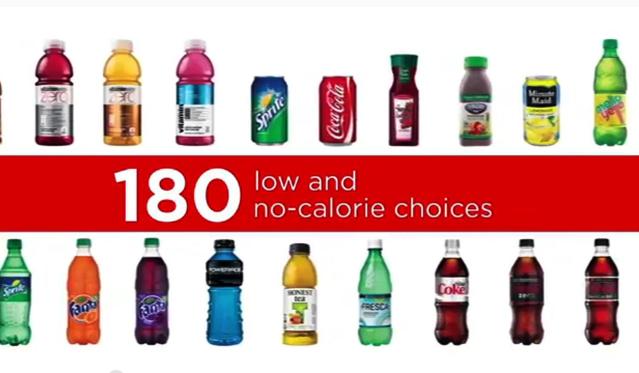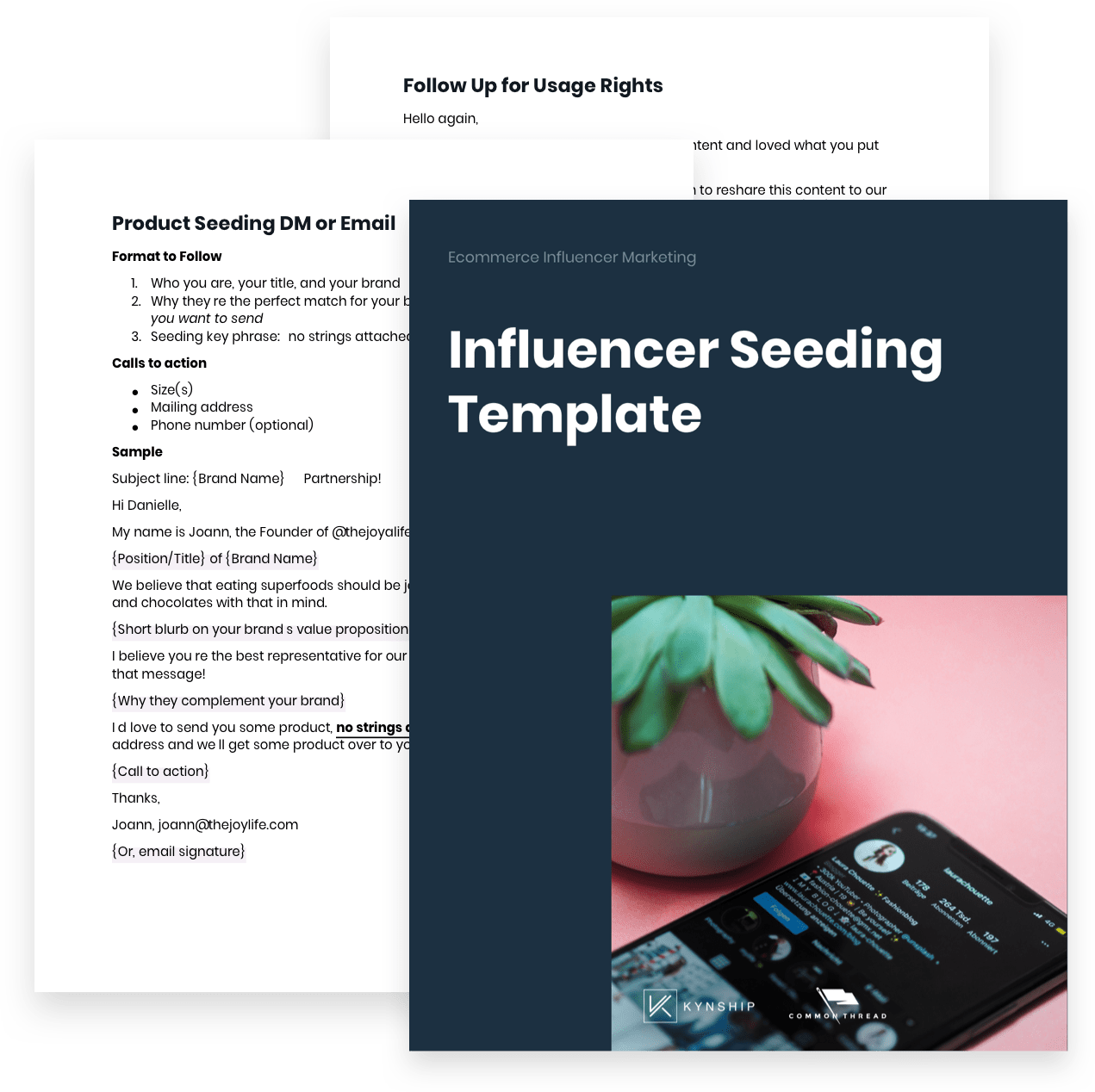
Influencer Marketing has been proven to be a great way of promoting a brand and cause. This allows brands the ability to target specific audiences and increase sales.
How to run a program
Strong influencer marketing programs should be focused on identifying key goals and developing strategies accordingly. This will ensure the best possible results and the highest return on investment.
You should start by identifying micro-and nano-influencers that are most relevant for your cause. These people will be able promote a product/service that aligns with your organization’s mission and values.
Find influencers on your social media channels by searching hashtags and looking for accounts that share content about your cause. You could also use your email subscribers list to find great sources, as they are likely to share content you create for them.

Next, determine what makes them different from other influencers. This will allow you to determine if they are a good fit with your nonprofit. This could be their content style, frequency of posting, or engagement rates.
You can use the platform’s built-in analytics tools for insight into how followers react to influencers’ content. This will allow you to identify their identities and help you work with them to make your campaign a success.
Your goal should be to find influencers relevant to your brand and who have high engagement. This will allow for you to develop strong partnerships and leverage their influence in order to grow your brand.
Micro-influencers are people with 1,000 to 30,000 followers. These micro-influencers can be bloggers, podcasters, users of social media and others who are focused on a niche. Influencers can add value to any nonprofit's advertising strategy and provide a low-cost way to improve your brand, reputation, and reach.
Encourage influencers to engage with you by encouraging them to follow your brand and comment on posts. This will establish a long-lasting relationship with them. They will also be more likely share your content on their own social channels.

Influencers are more open to working with brands during the early stages of a brand's development. This allows you to reach out to them early on and discuss a plan of payment and content rights.
You should then approach them with a pitch on why your brand is a great fit for their client. You might highlight your mission and show how the influencer can help your company achieve its goals. This will demonstrate that they have the expertise and experience to do so, and will also help them build credibility in their industry.
FAQ
How much does it cost for social media advertising?
Social media advertising is expensive if you choose to take this route. Based on the time spent on each platform, you will be charged monthly.
Facebook - $0.10 per 1000 impressions
Twitter: $0.20 per 1,000 impressions (if your tweet is on Twitter)
If you send out invitations to Linkedin, $0.30 per 1,000 impressions
Instagram - $0.50/1000 impressions
Snapchat - $0.60 per 1,000 impressions ($0.40 per user)
YouTube - $0.25 for 1,000 views
Tumblr - $0.15 per 1,000 impressions for text posts.
Pinterest - $0.05 per 1,000 impressions per month
Google + $0.15-$0.20 for 1,000,000 impressions
Tumblr - $0.15- $0.20 per 100,000 impressions
Vimeo - $0.20-$0.25 per 10,000 impressions
Soundcloud – $0.20-$0.25 for 1 million plays
StumbleUpon - $0.20 -$0.25 per 1 billion pageviews
Digg - $0.20- $0.25 for 1000 diggs
Reddit – $0.20-$0.25 Per 1000 Comments
Wordpress $0.20-$0.25 per 500 Comments
Flickr - $0.20 -- $0.25 per 5,000 photo uploads
What is the best way to learn about television advertising?
Television advertising is a powerful medium to reach many people at one time. It was also expensive. It can still be very powerful if used correctly.
Although there are many kinds of TV ads to choose from, all share the same characteristics. You must ensure your TV ad fits within the category it is being placed. If you're running a product commercial, don't try to run a lifestyle commercial as a product commercial. Your message should be consistent across the entire campaign.
It is important to remember that ads are best aired during prime-time. This is because many viewers are able to relax in front of the TV while watching. You want them to be comfortable enough to listen to your words.
Finally, just because you've a lot of money doesn't mean you'll get great results. It may be the reverse. A University of California study found that commercials broadcast during popular shows had a lower chance of selling products than those broadcast during less-popular shows. You should ensure that you spend your money wisely if you plan to advertise on television.
What is branding?
Branding is how you communicate who you are and what you stand for. It's how people remember you and your name.
Branding is about creating a unique identity that distinguishes your company. A brand does not only include a logo, but includes everything that you look like and how your voice is used by employees.
Customers feel more confident buying from your company if they have a solid brand. They know what they're getting. Customers feel confident in choosing your products to those of their competitors.
Apple is a good example of a company that has a strong brand. Apple is a well-known brand for its elegant design, high quality products and excellent customer service.
Apple's brand is synonymous with technology. Apple is what people think about when they see a smartphone, computer or tablet.
You should think about creating a brand if you are considering starting a business. This will give your business a personality and face.
How do I choose my target market?
Begin by talking to yourself and people close to you. If you don't know where to begin, ask yourself, "who am I trying to reach?"
Ask yourself these questions: Who do you consider the most influential in your industry? What are their daily problems? Who are the smartest people in my industry? You can find them online.
Rewind to the beginning, when your business was founded. What motivated you to start your business? What problem solved you for yourself? How did that happen?
These answers will help identify your ideal clients. These answers will help you understand your ideal clients and what motivates them to buy from you.
Look at your competitors' sites and social media pages for clues as to who they cater.
Once you identify your target customers, then you must decide which channels to use to reach these people. A website might be created to reach home buyers, for instance, if your business provides services to agents in real estate.
If you provide software to small businesses, you could develop a blog targeting those companies' owners.
If you sell clothing, you could create a Facebook page for teens. For parents who are looking for child-friendly restaurants, you might set up your own Twitter account.
The important thing is that you have many options for getting your message across.
What are the basics of radio advertising?
Understanding the interactions between different media is essential. Remember that all media types are complementary, not competing.
Radio is best utilized as an extension to TV advertising. It complements TV by reinforcing key messages and providing additional information.
Radio listeners may find TV commercials too long. Radio ads are usually shorter and less expensive.
What should you know about printing advertising?
Print advertising is an effective way to reach consumers. It is used by many companies for promoting products and services. Its main purpose is to grab the attention of consumers.
Print ads are usually one page in length and can include text, images and logos. Print ads can also contain sound, animation, videos, and hyperlinks.
Here are the main types and classifications of print advertising:
1. Brochures: These large-format printed pieces are meant to draw customers into stores. They often have colorful pictures and eye-catching designs.
2. Catalogues are smaller versions than brochures. They are typically sent to customers who have requested information on specific items.
3. Flyers - These small pieces of paper are distributed at events like fairs and concerts. Flyers can be handed out at retail outlets for a small fee, but are generally free.
4. Posters - These flyers can be larger than the ones you see on the flyer. They are displayed on walls, fences, and buildings. They are usually created using computer software programs designed to catch passersby's attention.
5. Direct mail - These are letters or postcards that are sent directly to potential customers. These are sent out by companies to remind customers about their business.
6. Newspaper Ads - These are placed in newspapers and magazines. They are usually very long and contain text and images.
Advertising: What does it mean?
Advertising is an art. It's not just about selling products. It's about creating emotional connections between people and brands.
Advertising is about telling stories and using images to communicate ideas.
You must communicate clearly and persuasively. Also, you must share a story which resonates with your target markets.
This makes advertising different from other forms of communication, such as public speaking, writing, or presentations.
A successful ad campaign is a way to establish a brand identity.
And this is how you become memorable. You are someone people remember.
Statistics
- Worldwide spending on advertising in 2015 amounted to an estimated US$529.43 billion. (en.wikipedia.org)
- In 1919 it was 2.5 percent of gross domestic product (GDP) in the US, and it averaged 2.2 percent of GDP between then and at least 2007, though it may have declined dramatically since the Great Recession. (en.wikipedia.org)
- This means that at least 50% of an ad needs to be shown on the screen for at least one second. (quicksprout.com)
- Google will display whichever ad type (CPM or CPC) is expected to earn more revenue for the publisher, which is in Google's best interest since they take a 32% share of the revenue. (quicksprout.com)
External Links
How To
How to advertise Facebook
Facebook is the most popular social network worldwide. It has been estimated that around 1 billion people use Facebook every month. This makes Facebook one of the largest companies in the world. Facebook's unique features include chat, video call, games, and many other great features. People with Facebook accounts can share photos, post comments, send messages, play games, watch videos, and much more. Facebook also allows businesses and individuals to promote their products through advertisements. These advertisements may include text ads and banner ads as well as sponsored stories and promoted posts.
Facebook advertising comes in two forms. Paying for advertising is one option. Another way is to use free methods. Below, we will show you how to do both of these things.
How to advertise on Facebook with paid options
Paid advertising can be done on Facebook by paying Facebook per impression. You can pay either monthly or annually. Facebook offers paid advertising in many forms. These include:
Text ads – These are the same as regular text ads. However, they appear above or below the feed instead of being shown next to newsfeed items.
Banner ads, which are large rectangle images that cover a whole page, are often large. They are usually used to advertise a particular offer or product.
Promoted posts - These are similar to regular posts and appear at the top newsfeed. Promoted posts are often used by businesses to promote their products.
Sponsored Story - These are short stories that contain relevant content and appear at users' top feeds. They are paid by brands and businesses who want to reach new customers.
Advertising with free options
Facebook offers free advertising. It uses the same methods as regular Facebook. These include Text ads, Banner ads, Promoted Posts, Sponsored Stories, and other forms of advertising.
You can't create a custom audience through free advertising, but this is not the case with regular Facebook. You can only target people based on age, gender, location, language, interests, and relationship status.
How to advertise on Facebook
If you wish to advertise on Facebook, the first thing you should do is sign up. After that, you'll be able to use all the tools. To set up your account, follow the steps below:
-
Click "Create new ad set."
-
For your ad set, enter a name.
-
Select the type of advertisement you would like to place (text, image, video).
-
Choose which locations you would like to target.
-
Determine the budget amount.
-
If you use Facebook Audience Network select it from drop-down menu.
-
Click "Next Step."
-
Click "Review & Proceed".
-
Before you click "Continue", review your selections.
-
Complete any additional information.
-
Click "Save Your Changes."
-
Do not start your campaign until the expiration date of your ad campaign.
-
When your campaign is complete, click "View Ad Statistics."
-
Examine the results from your campaign.
-
Keep repeating steps 13-16 till you find the best setting for your business.
-
Advertise today!